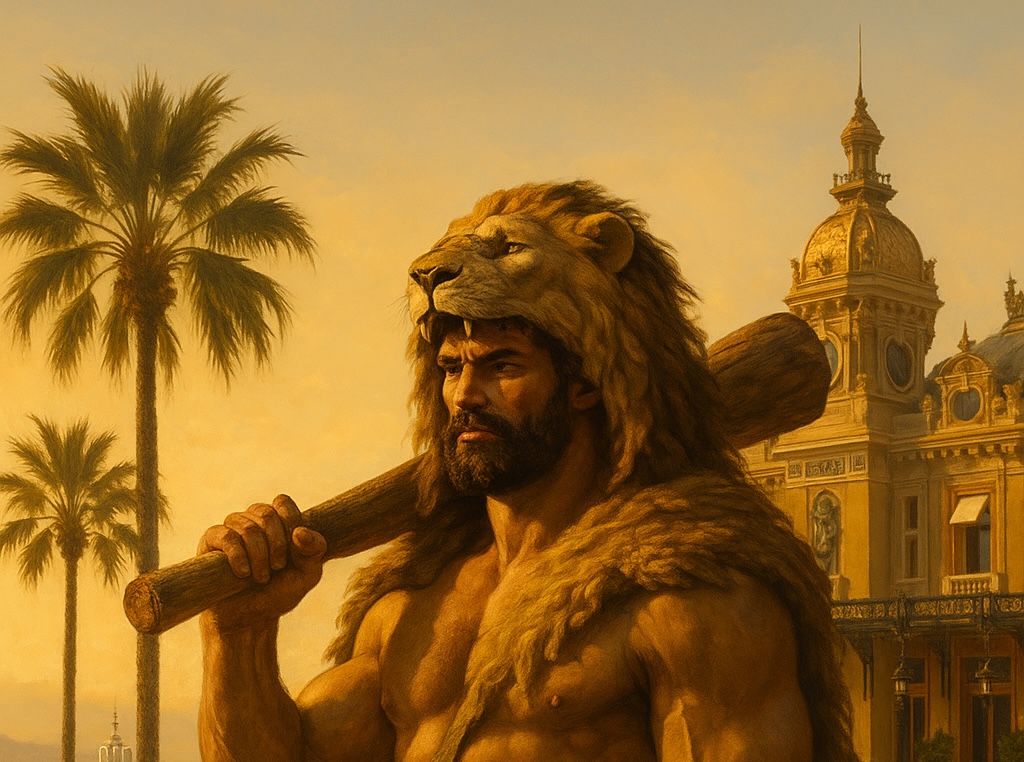
A Godly Detour on the Côte d’Azur and the Birth of Port Hercule
Before the glitz of the casinos, before the scent of jasmine and sea mingled over Belle Époque terraces, before even the Grimaldis set foot in Monaco—there was Hercules.
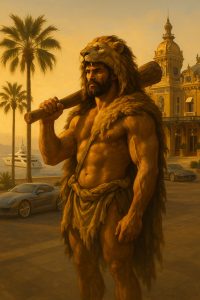
According to ancient legend, the hero of Greek mythology made a stop in the rocky land we now call Monaco during his legendary travels. It’s said that he paused here while journeying along the coastal route that would one day become the famed Via Julia Augusta, and that his presence was so monumental it left behind a legacy still visible today: Port Hercule, named in his honor.
In Greek and Roman mythology, Hercules (Herakles in Greek) was more than a demigod; he was a symbol of brute strength and moral fortitude. His infamous Twelve Labors took him across the known world, from slaying the Nemean Lion to capturing the golden apples of the Hesperides. Somewhere between these epic feats, Hercules is believed to have passed through the Riviera coastline.
It was a land not yet tamed, a wild and rugged place where sea met stone with fury. Local myths speak of the hero clearing the coastal path of bandits and mythical creatures, allowing trade and travel to flourish—a civilizing force in an untamed region. The area’s ancient inhabitants, the Ligurians, supposedly revered him, and the Greeks, upon arriving later, built a temple in his honor on the Rock of Monaco.
The name “Monaco” is believed to stem from the ancient Greek “Monoikos”—meaning “single house” or “lone dwelling.” Some historians and mythographers interpret this as a reference to Hercules himself, who was said to have lived there alone or to have had a sanctuary dedicated to him. The Roman geographer Strabo even referenced the port of Monoikos in his writings, linking it to Hercules’ journey.
Today, that very place is Port Hercule, one of the few deep-water ports along the French Riviera. Though now known for hosting superyachts and the Monaco Grand Prix’s dramatic harbor chicane, its mythological roots are far humbler and far older.
Walking along the harbor, it’s easy to imagine a time before polished decks and champagne flutes—when sailors looked to the cliffs and whispered tales of Hercules’ visit, hoping for his strength to guide them through storms.

Monaco has since evolved into a dazzling beacon of luxury and international glamour, yet it hasn’t forgotten its mythic origins. Statues and artistic references to Hercules can still be found across the Principality. Most notably, a bronze statue of Hercules stands in the gardens near the Prince’s Palace, reminding passersby that even gods and heroes once walked this land.
For Monaco, Hercules is more than a myth. He’s a metaphor—a symbol of endurance, transformation, and protection. In a land that has continuously reinvented itself while preserving its heritage, the story of Hercules feels deeply fitting. Monaco, like the hero who lends his name to its port, stands as a testament to resilience and magnificence.
So the next time you stroll along Port Hercule, look past the gleaming yachts and regal balconies. Imagine, instead, the footfalls of a titan. Hear the echoes of a time when gods still wandered, and Monaco was already a place where legends made their mark.



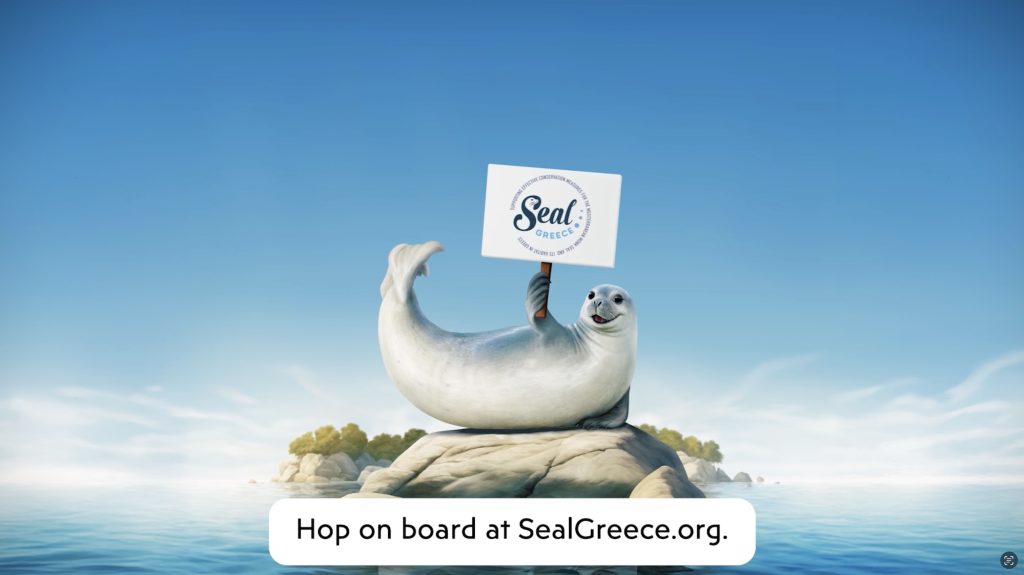
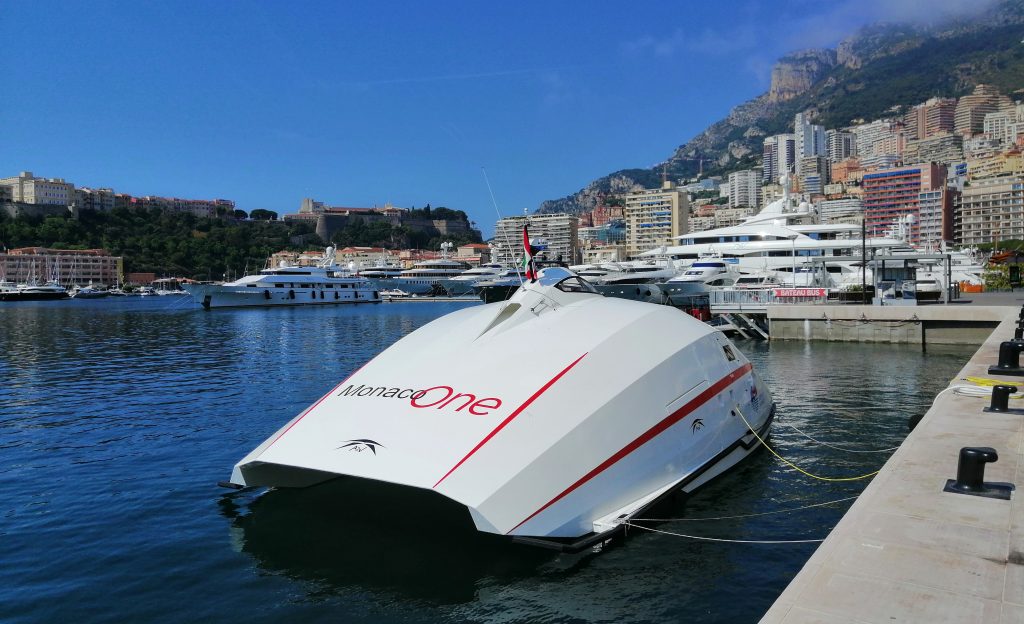
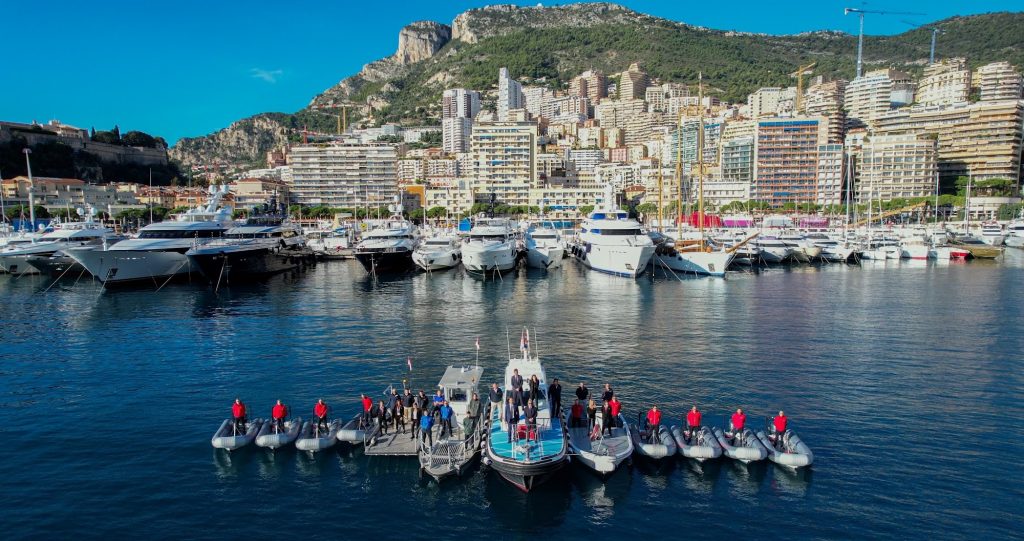
Responses